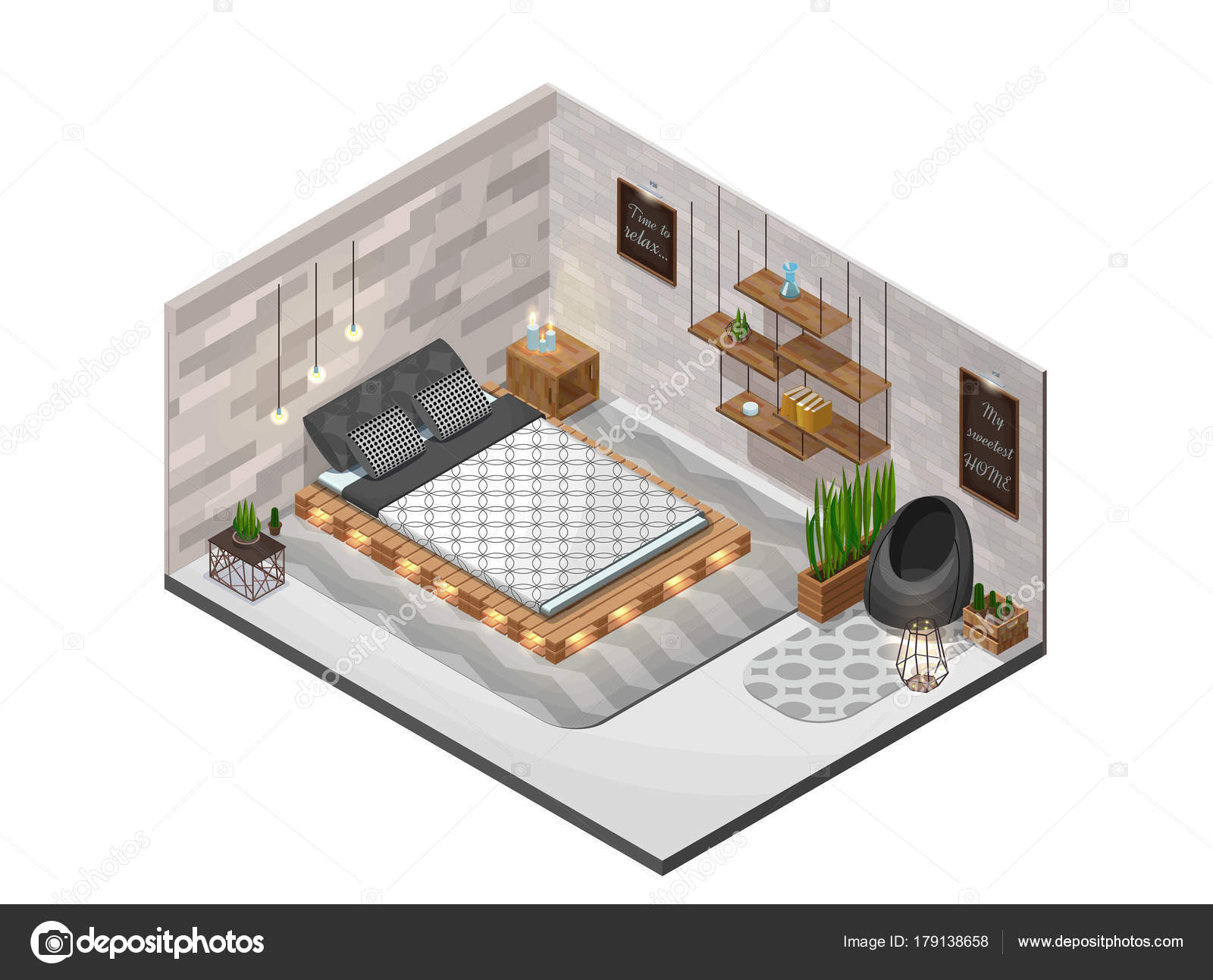Explore The Captivating Voyage Of Renovating Ancient Cupboards, Unveiling Concealed Narratives And Understanding The Enigmas Of Lost Ages
Explore The Captivating Voyage Of Renovating Ancient Cupboards, Unveiling Concealed Narratives And Understanding The Enigmas Of Lost Ages
Blog Article
Article Writer-Stanley Obrien
To begin the trip of restoring antique closets, you require a keen eye for detail. Picture revealing hidden keys within each layer of history embedded in the wood. Photo the contentment of revitalizing a once-forgotten piece to its former glory. Every step of this meticulous process holds the vital to preserving the past while developing a future antique. So, are you prepared to embark on this transformative venture and unlock the potential of your antique closets?
Examining the Closet's Problem
When beginning the reconstruction process, beginning by analyzing the problem of the antique cabinet. Meticulously examine soundproof cabinets for any kind of signs of damage such as splits, chips, or loose joints. Examine the wood for any type of rot, bending, or insect problem that might have taken place gradually. It's important to figure out the level of the repair required prior to continuing further.
Next, check the cabinet's equipment such as joints, handles, and locks. Make note of any type of missing out on pieces or components that need repair or replacement. Make sure that all hardware is operating properly and firmly affixed to the cupboard.
Furthermore, examine the closet's coating. Search for any type of scrapes, stains, or staining that might impact the visual allure. Establish if the surface needs to be stripped and reapplied or if a simple touch-up will certainly be enough.
Collecting the Required Devices and Materials
After evaluating the problem of the antique cabinet, the next step is to gather the essential tools and products for the repair process. Before you start, guarantee you have the adhering to items handy:
- timber cleaner
- sandpaper in various grits
- timber filler
- paint or timber tarnish
- brushes
- handwear covers
- security goggles
- a dust mask
- a drop cloth
- a putty blade
- a hammer
- a screwdriver
- a vacuum cleaner
These tools and materials are crucial for an effective restoration.
Timber cleaner is crucial for getting rid of years of dust and grime accumulation, preparing the surface for sanding. Sandpaper of different grits aids in smoothing out imperfections and preparing the wood for a new surface. Timber filler comes in handy for fixing any cracks, openings, or dents present in the closet.
Paint or timber discolor, along with brushes, permit you to personalize the closet to your choice. Remember to wear handwear covers, security goggles, and a dirt mask for security. Put down a drop cloth to secure your work area, and use a hoover to tidy up any kind of particles.
With these devices and materials collected, you're ready to start the restoration procedure.
Implementing the Restoration Process
To efficiently implement the restoration procedure on your antique closet, begin by extensively cleaning the surface with the timber cleaner. This step is crucial as it aids get rid of years of dirt, gunk, and old polish that might have built up on the surface.
Once the closet is clean and completely dry, evaluate the condition of the wood. Try to find any kind of cracks, scrapes, or other problems that require to be dealt with. Use timber filler to fix any flaws, making certain to match the filler color to the wood tone for a seamless surface.
After the repairs have dried, delicately sand the entire surface to produce a smooth and even base for the new finish. Beware not to sand too strongly, as you don't wish to harm the timber beneath.
Once the sanding is full, apply a timber discolor or complete of your choice, adhering to the manufacturer's guidelines. Allow you can try this out to dry completely prior to applying a protective leading layer to guarantee the durability of your recovered antique cupboard.
Conclusion
Now that you have completed the restoration procedure, your antique cabinet looks comparable to new.
By following the detailed overview, you were able to examine, repair, and boost its problem with ease.
With a fresh finish and protective top layer, your treasured item will certainly remain to radiate for years to come.
Enjoy the charm of your restored antique closet!
